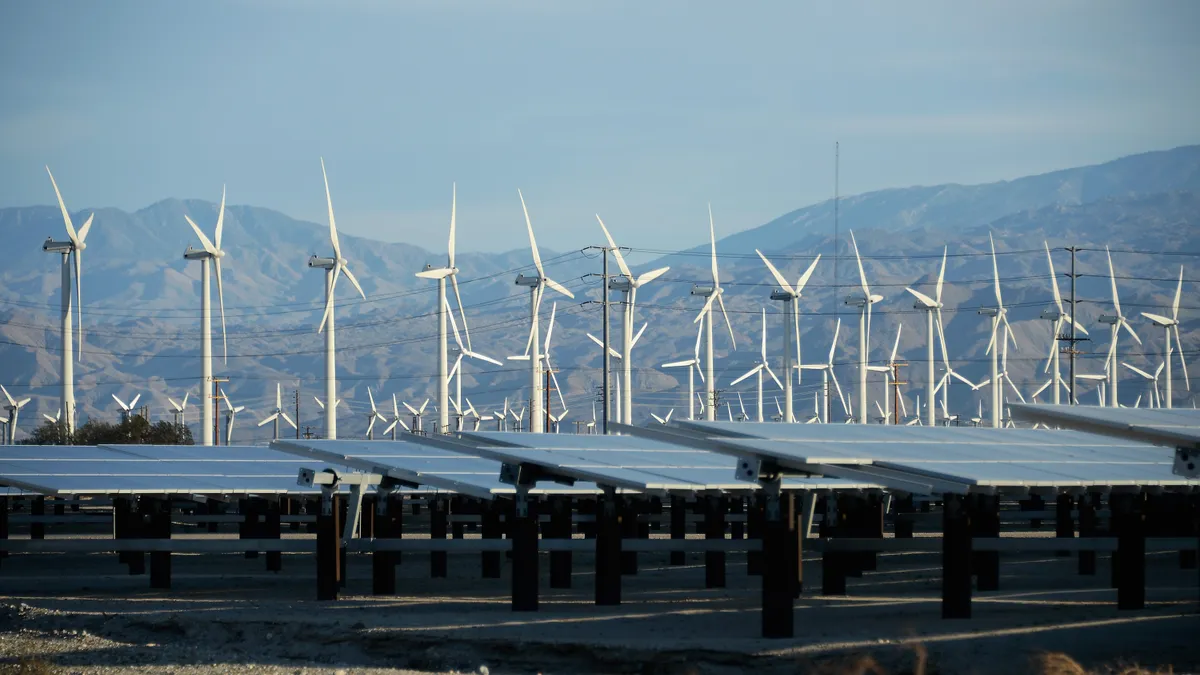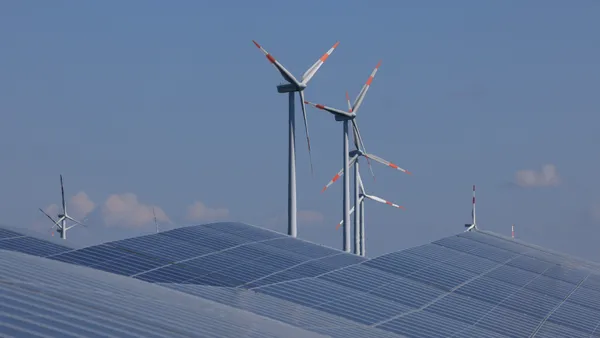The Department of Energy released Tuesday a report summarizing 10 key steps to creating a fully decarbonized power system in the U.S. and stressing the need for universal involvement from “all levels of society” to achieve that goal.
The 10 steps proposed by DOE are: maintaining existing clean generation and storage; a rapid increase in clean generation and storage deployment; investment in emerging clean energy technologies; infrastructure development; energy community engagement; changes to the energy industry’s market and operations; securing the grid; increased efficiency and demand flexibility; more domestic manufacturing; and workforce expansion.
The report says that decarbonization of the power sector will be “critical” for the U.S. to meet its federal climate goals of reducing greenhouse gas emissions by 50-52% below 2005 levels by 2030 and reaching net-zero emissions by 2050.
“We know the Inflation Reduction Act is not itself, alone, sufficient to get to 100% clean energy,” said Paul Donohoo-Vallett, an analyst in DOE’s Office of Policy and a lead author on the report, at a clean energy summit on Wednesday. “There are a lot of challenges, and something I’ve heard a lot about today is how intertwined these challenges are.”
Deployment can’t happen without a significant clean energy workforce expansion, Donohoo-Vallett said, and the transmission and distribution infrastructure needed to bring clean energy online can’t be built without planning, permitting, and engagement with the communities that will be impacted by that infrastructure.
In addition, the report says that an “all-of-society” approach is needed, both in the form of independent actions from stakeholders, governments and companies, and cooperation among them.
“The adoption of state clean energy targets has been one of the most important energy and climate change policy developments of the past several years,” DOE said, adding that states have also contributed to the ongoing decarbonization of the power sector with programs that support nuclear power plants at risk of retirement, or allow end-use customers to purchase clean electricity.
Retirements of sources of clean generation will continue to pose a challenge to decarbonization efforts, the report said, as those retirements will increase the amount of new capacity needed to reach 100% clean electricity.
“In the near term, ensuring that the current fleet of nuclear reactors and hydropower facilities continue to operate will reduce new deployment needs; over time, this will also entail refurbishing aging wind, solar, and other renewable energy assets, with a core focus on plants otherwise at risk of retirement,” DOE said.
The report defines clean energy generation to include “wind, solar, geothermal, hydropower, nuclear, biomass with and without carbon capture and sequestration, and fossil energy with carbon capture and sequestration.”















